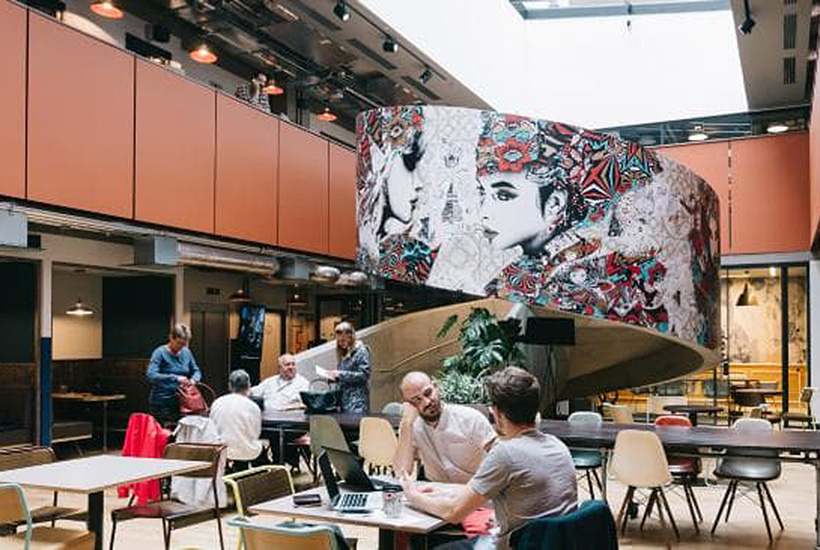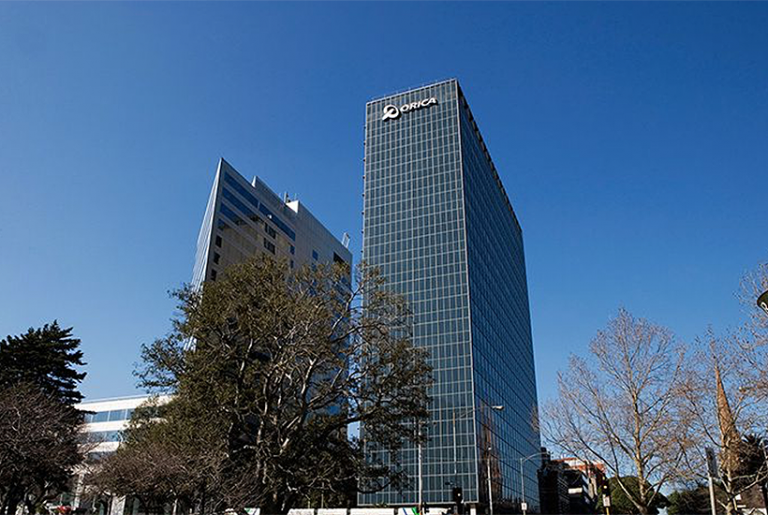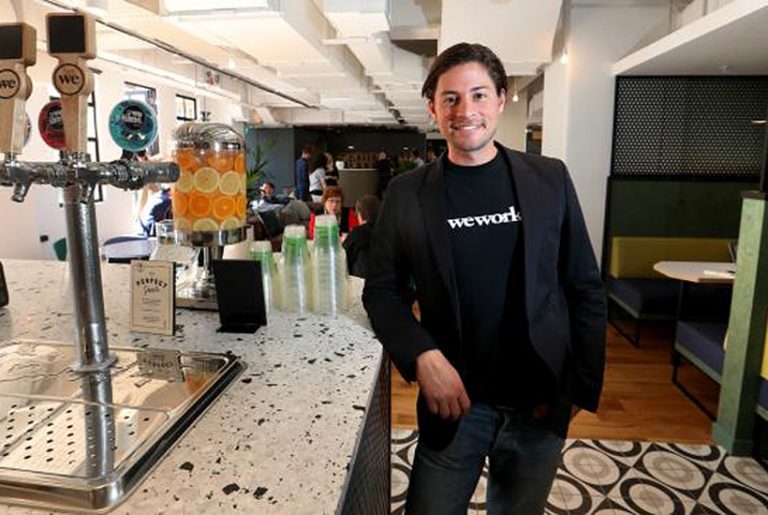The 7 biggest trends coming to co-working

By 2020, many predict that 40% of the global workforce will be freelancers — with many of those counting themselves as Gen Y or Gen Z.
There are questions about how and where this cohort will want to work as they are increasingly freed up by technology and inspired by an evolving start-up culture and entrepreneurship.
Co-working — the idea that multiple companies can flexibly occupy and collaborate in one space under one roof — is a solution that is successfully responding to this. Originating somewhere in the mid to late 90s in the US, it has already mapped a pretty strong course around the globe.
Co-working spaces: Find a space and work your way on Spacely
Leading the charge is the $20 billion WeWork. While the valuation continues to be disputed by bean counters, there’s no denying the recent $4.4bn investment by SoftBank that has set them up for global expansion beyond their native America. Alongside these, China’s Ucommune (estimated value $1.3bn) has just completed their own Series C round of funding, which will only strengthen their foothold as the market marches on.
Back on these shores, the Australian landscape has been establishing roots for some time, with the early co-working pioneers on the verge of their tenth anniversary. But we are catching up. We are now finally witnessing the planets align as co-working enters mainstream conversation and consideration.
With this backdrop, what should we expect from the industry and how will it change the ways of working we have become so comfortable with?

Businesses with space to spare will emerge as new social hubs.
Birth of the social hotel
Anyone with a commercial property will start to realise the potential of spare space in the same way as anyone with a spare bedroom did in the early 2010s. This will be led by social hubs like cafes, restaurants and, in particular, hotels whose thoughtful design of their communal spaces will entice the Mac(chiato)-wielding freelance community. Design connoisseurs and ‘‘techarati’’ hotspot Ace Hotel set the benchmark long ago by redefining their communal spaces as somewhere to work and, for the post-5pm crowd, play. We’re starting to see similar offerings here — come forward Perth’s Alex Hotel.
The emergence of niche
For some of the more established or financially backed co-working spaces, we will see specialisation take hold. Tyro’s FintechHub in Sydney is creating a home for businesses with a shared focus on creating a financial sector that is more consumer-centric. Why chip away at disruption when you can aim a tank at it?
Gender revolution
Shifting labour dynamics in the form of more female business owners and more stay-at-home dads will see an upsurge in the number of female-centric and parent-friendly spaces. We’re seeing this in New York with The Wing’s ‘‘no male members’’ policy. The group has recently expanded into its second location to help cater for their extensive waiting list. Closer to home, BubDesk in Perth is working through a model of bringing workspaces to creches with some positive results.

Options for workers who don’t wish to live near capital cities will be important.
Surf’s up
Providing options for those wanting to move to more rural and coastal areas, co-working continues to establish itself away from Australian CBDs. This will provide greater economic development for regional areas, but also pose serious questions and challenges for those planning or making decisions on structuring their workforces over the next three to five years.
Space travel
More established players are looking for solutions that optimise the flow and smarten up building management. Think intelligent meeting room-booking systems, gamifying community health and working out congestion zones.

Character building
The design stabilisers start to come off as minimalism and post-industrial chic gives way to an aesthetic that more readily reflects the brand and character of the building or neighbourhood. Damn social media and conformist tendencies — bring on post-homogeneity.
The final trend is a kind of all-in play when you don’t quite know the strength of your player’s hand … but here goes.
Collaboration living (co-living)
Could this be the year you decide to ditch the 9-5, possessions, structure and life as you know it while hollering “(insert your actual age decade) is the new (insert younger age decade)”. If it is, you probably wouldn’t be alone. Co-living extends the co-working concept by providing bedrooms, communal living areas and services people would otherwise fall out over — like restocking the toilet roll. It taps into the real problem of home ownership that eludes Gen Ys but appeals to their preference for flexibility, travel and experience. ROAM, with multiple locations including Bali and Tokyo, seemed to have found their rhythm in this space. And The Collective is planning its third London location and is likely to increase the group’s bedroom capacity to the 1000 mark. We wait with anticipation.
So there we have it. Seven predictive nuggets that, in some cases, have already started happening around us. Just don’t expect things to sit still for that long given the industry’s relative infancy and the constantly evolving equations.
Greg Braun is responsible for research and insights at realcommercial.com.au and spacely.com.au — part of REA Group. The full trends report can be downloaded from www.spacely.com.au/content/7-trends-for-co-working/







